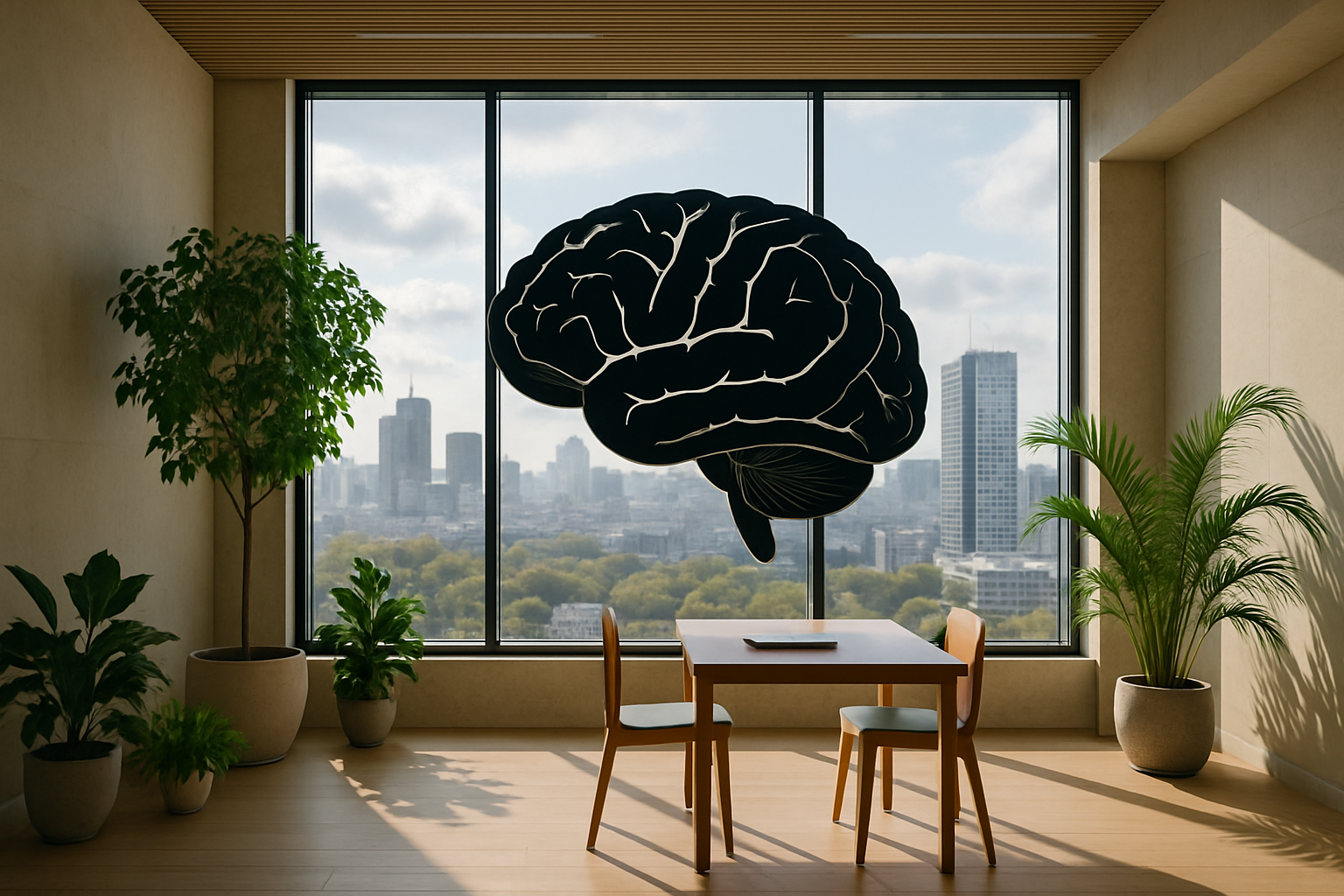Neuroarchitecture: Shaping Human Experience Through Design
The intersection of neuroscience and architecture is revolutionizing how we conceive and construct spaces. Neuroarchitecture, an emerging field, explores how our built environment affects our brain, behavior, and well-being. This innovative approach is transforming urban planning, workplace design, and even healthcare facilities. Read below to delve into the fascinating world of neuroarchitecture and its profound impact on society.

The field gained significant momentum in the early 2000s with the establishment of the Academy of Neuroscience for Architecture (ANFA) in 2003. This organization has been instrumental in promoting research and collaboration between neuroscientists and architects, fostering a new generation of professionals equipped to design spaces that optimize human experience and well-being.
Key Principles of Neuroarchitecture
Neuroarchitecture is guided by several fundamental principles that inform design decisions. These principles are based on scientific research into how our brains process and respond to environmental stimuli.
One crucial aspect is the impact of light on our circadian rhythms and cognitive function. Studies have shown that exposure to natural light can improve mood, productivity, and overall health. As a result, neuroarchitects prioritize designs that maximize daylight and incorporate lighting systems that mimic natural light patterns.
Another key principle involves the use of biophilic design elements. Biophilia refers to our innate connection to nature, and incorporating natural elements or patterns into built environments has been shown to reduce stress and enhance cognitive performance. This can include anything from indoor plants and water features to nature-inspired textures and colors.
Spatial configuration also plays a crucial role in neuroarchitecture. The layout of a space can influence social interaction, creativity, and even our sense of security. Open floor plans, for instance, can promote collaboration but may also increase stress levels due to lack of privacy. Neuroarchitects strive to balance these factors to create optimal environments for specific purposes.
Neuroarchitecture in Practice
The principles of neuroarchitecture are being applied across various sectors, revolutionizing how we approach design in different contexts.
In healthcare, neuroarchitectural concepts are being used to create more healing environments. Hospitals are incorporating elements like gardens, artwork, and natural materials to reduce patient stress and potentially improve recovery times. For example, the Khoo Teck Puat Hospital in Singapore integrates lush greenery throughout its design, creating a more soothing atmosphere for patients and staff alike.
The workplace is another area where neuroarchitecture is making significant inroads. Companies are redesigning office spaces to enhance employee well-being and productivity. This includes creating diverse work areas to accommodate different tasks and personality types, incorporating biophilic elements, and optimizing lighting and acoustics. Tech giants like Google and Apple have been at the forefront of this trend, designing campuses that prioritize employee experience through neuroarchitectural principles.
In education, neuroarchitecture is informing the design of learning spaces that can enhance cognitive function and creativity. This involves considerations such as classroom layout, color schemes, and the integration of technology. The Dr. Martin Luther King, Jr. School in Cambridge, Massachusetts, is an example of neuroarchitecture in education, featuring flexible learning spaces and abundant natural light to support student engagement and well-being.
The Societal Impact of Neuroarchitecture
The widespread adoption of neuroarchitectural principles has the potential to significantly impact society at large. By creating environments that promote well-being, reduce stress, and enhance cognitive function, neuroarchitecture could contribute to improvements in public health, productivity, and overall quality of life.
In urban planning, neuroarchitecture could help create cities that are more livable and human-centric. This might involve designing public spaces that encourage social interaction, incorporating green areas to reduce urban stress, and considering the psychological impact of building heights and urban density.
Moreover, neuroarchitecture has implications for addressing societal challenges such as an aging population. As we design for an increasingly older demographic, understanding how the built environment affects cognitive health becomes crucial. Neuroarchitectural principles could inform the creation of spaces that support cognitive function and emotional well-being in older adults, potentially reducing the burden of age-related cognitive decline.
Challenges and Future Directions
While the potential of neuroarchitecture is immense, the field also faces several challenges. One of the primary hurdles is the need for more robust, long-term studies to validate the effects of specific design elements on human behavior and well-being. The complexity of human cognition and the myriad factors that influence our response to environments make it challenging to isolate the impact of individual design choices.
There’s also the question of individual differences. What works for one person may not work for another, and creating spaces that cater to diverse needs and preferences is a significant challenge. Future research in neuroarchitecture will likely focus on developing more personalized approaches to design, potentially leveraging technologies like AI and IoT to create adaptive environments.
Ethical considerations also come into play. As our understanding of how design influences behavior deepens, questions arise about the potential for manipulation. Striking a balance between designing for positive outcomes and respecting individual autonomy will be crucial as the field evolves.
Despite these challenges, the future of neuroarchitecture looks promising. As our understanding of the brain-environment relationship grows, we can expect to see increasingly sophisticated applications of neuroscience in design. This could lead to a future where our built environments are not just functional and aesthetically pleasing, but actively contribute to our cognitive health, emotional well-being, and overall quality of life.





